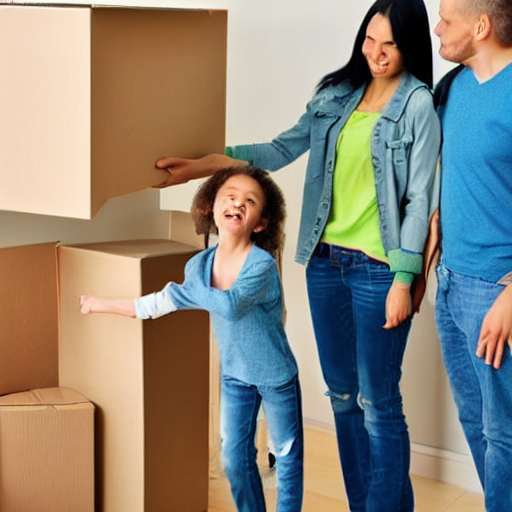Transitions are an inevitable part of life. Whether they involve moving to a new home, starting daycare, beginning a new job, or any other significant change, transitions require adjustments that can be both exciting and challenging. Understanding how to manage these transitions with grace and ease can make a big difference in how successfully you navigate through them. This article will explore some practical ways to handle these transitions, ensuring a smoother process for everyone involved.
Understanding the Nature of Transitions
Before diving into practical tips, it’s important to understand what transitions entail. A transition usually involves a change from one set of circumstances to another. This could mean altering routines, adapting to new environments, and establishing new patterns of behavior. Recognizing that transitions come with their own set of challenges can help in preparing mentally and emotionally for them.
Emotional Preparation
Accept the Emotions
Transitions often bring a wave of emotions, from excitement to anxiety. Accepting and acknowledging these feelings without judgment is a crucial first step. Emotions like fear or resistance are natural and should be viewed as part of the process rather than obstacles to avoid.
Communicate Openly
Discuss the upcoming transition with everyone involved, especially children. Open communication can alleviate anxiety and help in understanding each other’s concerns. For children, using simple language and addressing their fears openly can ease their worries about new changes.
Practical Strategies for Moving to a New Home
Plan and Organize
Planning is the cornerstone of any successful transition. Start by making lists or using a moving checklist. Divide tasks amongst family members to ensure efficiency. Organize packing by room and label boxes accordingly for easier unpacking. Having a clear plan reduces the chaos often associated with moving.
Visit the New Location
If possible, visit the new home before moving day. This gives everyone a chance to familiarize themselves with the new environment, creating a sense of ownership and excitement. Children, in particular, can benefit from visualizing their space and having discussions about personalizing it.
Maintain Routines
Try to maintain as much of your existing routine as possible. Familiar routines provide comfort and stability amidst change. This could mean waking up and going to bed at the same time, having meals together, or continuing with after-school activities.
Adjusting to a New Daycare
Prepare in Advance
Preparation is vital when starting at a new daycare. Explain to your child what they can expect, and discuss any fears or queries they may have. Visit the daycare before the first day to familiarize with the caretakers and the new setup. This can significantly reduce first-day jitters.
Establish a Goodbye Routine
Creating a positive and consistent goodbye routine can help ease separation anxiety. Whether it’s a special handshake or a hug, a routine reassures the child of your love and return, building trust and security.

Stay Involved
Stay actively involved by communicating with caregivers and attending daycare events. This involvement shows support and importance, reinforcing positive feelings about the transition.
Managing Stress and Self-care
Be Patient
Transitions take time, and expecting immediate adjustment is unrealistic. Patience with oneself and others is key. Celebrate small victories and progress rather than focusing on setbacks.
Practice Self-care
Taking care of your own physical and mental health should remain a priority during transitions. Make time for activities you enjoy, ensure adequate rest, and maintain a healthy diet to cope better with stressful changes.
Looking Ahead
Foster Positive Mindsets
Encourage optimism and positivity within the family. Viewing the transition as an adventure rather than a burden shapes how experiences are perceived. Discuss potential new opportunities and experiences that may arise from the change.
Set Future Goals
Consider setting future goals related to the transition. Whether it’s meeting new neighbors, decorating a personal space, or learning new skills at daycare, goals provide purpose and direction.
In conclusion, managing transitions like moving to a new home or starting daycare involves a combination of emotional preparation, practical strategies, communication, and self-care. By embracing the change and focusing on the opportunities it presents, transitions can become less daunting and more of a stepping stone to personal and family growth.